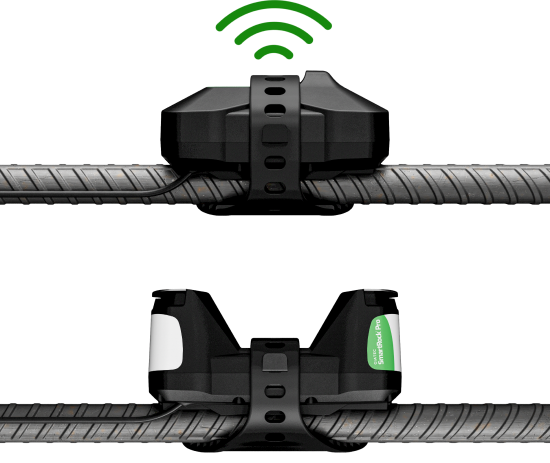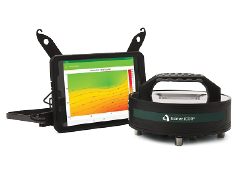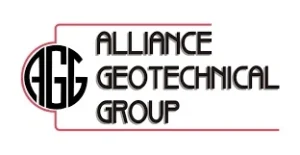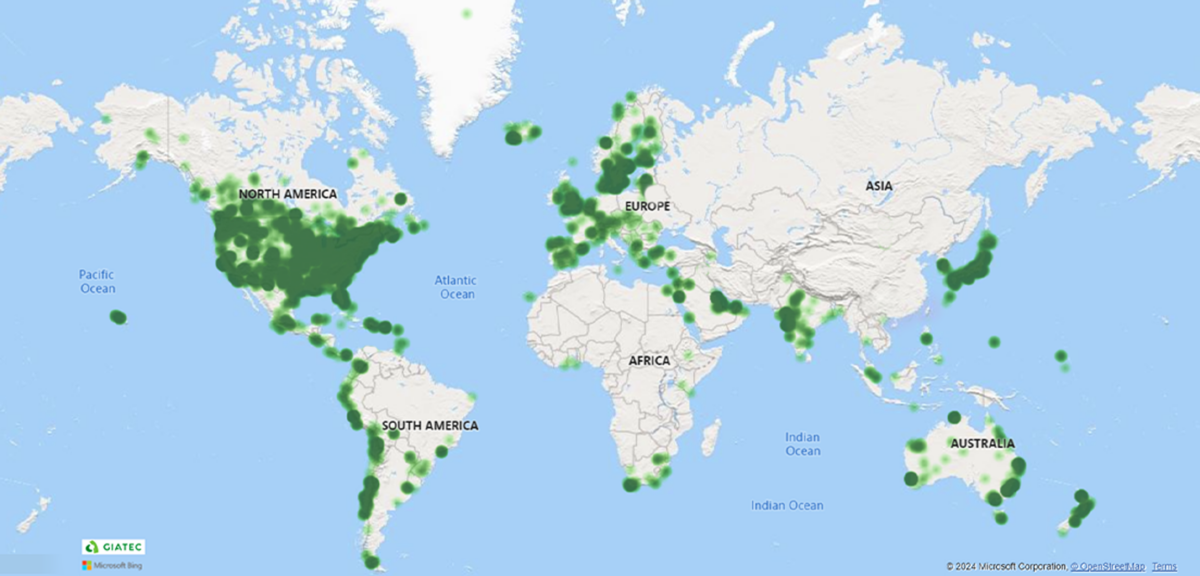
Precisely monitor the temperature of your concrete structures under any conditions

Collect real-time in-situ concrete strength data through maturity-based sensors
Maturity-Based Concrete Strength Monitoring
Self-Calibrating Concrete Strength Monitoring
AI-powered precision for every concrete mix for the Producers
Instant ROI
AI-Powered Decision Making
Drive Sustainability
Core Quality Control

Corrosion detection in concrete reinforcement
Concrete quality detection lab equipment





Experts revolutionizing the construction industry
Stay on the cutting edge of concrete tech
Save the date and join us at future events and conferences

Giatec continues to uphold the value of bridging the gap between academic research and sustainable construction on the jobsite. Every year, we recognize civil engineering students, researchers and faculty across Canada and the U.S. with the Giatec Best Paper Award for Sustainability in Construction. Below is a summary of the winning 2024 paper submitted by Dr. Kai Gong and Dr. Claire E. White, “Development of Physics-based Compositional Parameters for Predicting the Reactivity of Amorphous Aluminosilicates in Alkaline Environments.” Learn more about how to join the list of winners and showcase your innovative research for the Best Paper Award 2025!Research BackgroundPortland cement (PC) and concrete have been instrumental in shaping modern civilization, driving unprecedented progress in infrastructure and construction. However, use of concrete has significant environmental consequences, with PC production alone contributing approximately 8% of global anthropogenic CO2 emissions. As global cement demand is projected to grow by 20–30% over the next three decades, reducing its carbon footprint is crucial to achieving carbon neutrality and combating climate change—a challenge fundamental to humanity’s resilience and survival. Blended cements and alkali-activated materials (AAMs) are two important classes of low-CO2 cement binders, which have been extensively explored in academia and industry. These alternatives utilize industrial…

Durability is a critical property of concrete that determines its ability to withstand environmental conditions and maintain its integrity over time. In Saudi Arabia, where structures are exposed to harsh climates, ensuring the durability of concrete is essential. In this blog, let’s discuss the importance of durability testing of concrete and the methods used to ensure long-lasting concrete structures in Saudi Arabia.Importance of Durability Testing Durability testing is essential for assessing the long-term performance of concrete. It helps identify potential issues such as cracking, spalling, and corrosion, which can compromise the structural integrity and safety of buildings and infrastructure. By conducting durability tests, engineers can ensure that the concrete meets the required standards and can withstand the environmental conditions it will be exposed to. Common Durability Tests There are various methods to assess the durability of concrete: Best Practices for Ensuring Durability Use of Quality Materials Using high-quality materials is crucial for ensuring the durability of concrete. Select aggregates that are clean, well-graded, and free from impurities. The type and quality of cement used can also impact the durability of the concrete. Proper Mix Design A well-proportioned mix design is essential for achieving durable concrete. The mix should have the right balance of cement, aggregates, and water. It…

Concrete production is essential to infrastructure development, but its environmental cost is significant. While construction industry contributes to 11% of global CO2 emissions, concrete is responsible for most of that (i.e. 8%). If it was a country, concrete would have ranked 3rd after US and China in terms of global GHG emissions. The majority of CO₂ emissions in the industry stem from the manufacturing of cement, specifically during the calcination of limestone in kilns and the combustion of fossil fuels. Each ton of cement produced generates nearly a ton of CO₂, making it a substantial contributor to global warming. This challenge is compounded by: The urgency to address CO₂ emissions has driven the industry toward innovative solutions, with Environmental Product Declarations (EPDs) emerging as a cornerstone of transparency and accountability. Role of Environmental Product Declarations (EPDs) Environmental Product Declarations (EPDs) serve as a powerful tool to improve transparency in the environmental impact of concrete products. Similar to the nutrition labels on food that provide for example the amount of sugar intake per serving, these standardized EPD documents provide quantifiable information on the environmental performance of a product across its life cycle, including Global Warming Potential (GWP) that is measured in CO2 equivalent weight. Key benefits…

Visit our careers page to learn about our award-winning culture and our open positions.
Watch how SmartRock can work for you.